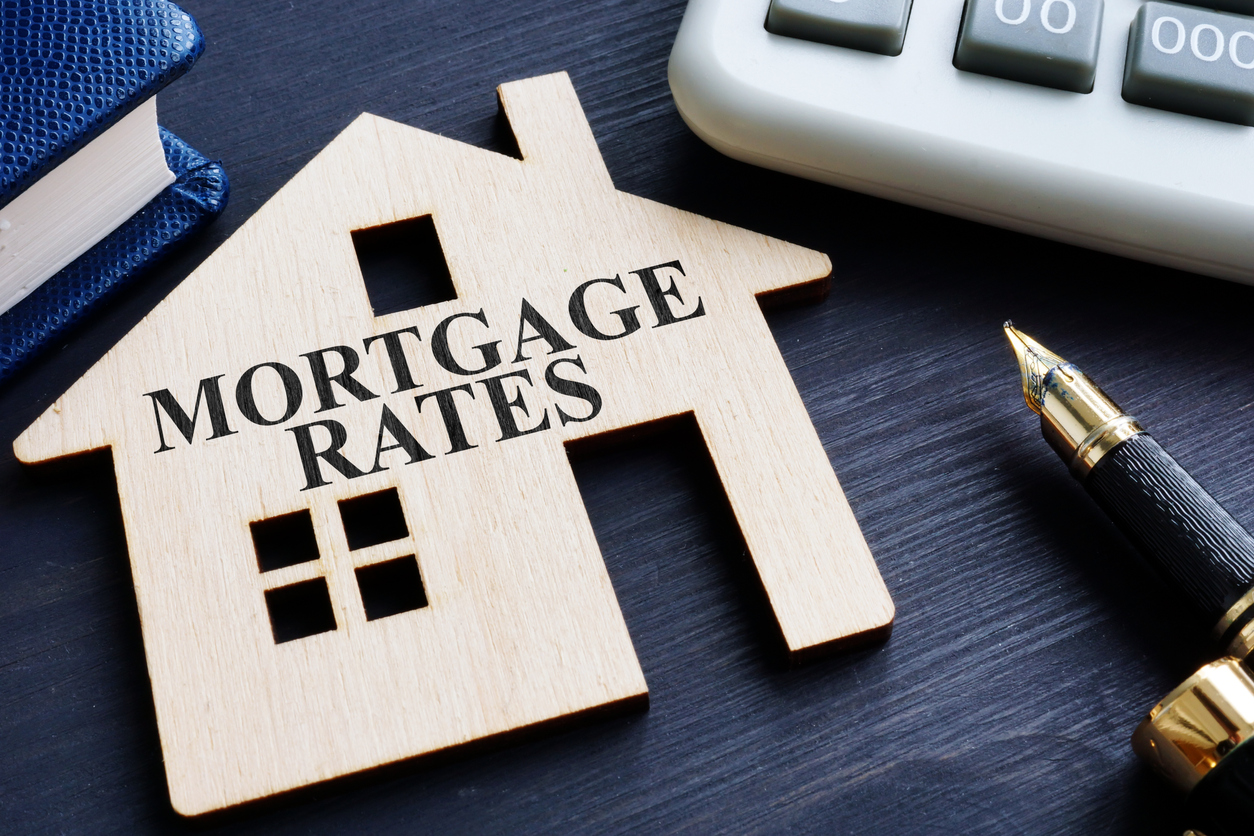
Now that we’ve made it through a very unique 1st half of 2020 it’s a good time to look back and see how Troutman Park’s Real Estate market has done compared to other recent years. Many felt like property values would decline like so many other investments did through all the Covid-19 adjustments. If you own a home in the Troutman Park area you’ll probably be happy to see that we’ve actually fared quite well though. Here are the numbers:
2020 Q1-Q2 29 homes sold for $11,357,425. They ranged from $325,000-$507,000 at an average of $391,635
2019 Q1-Q2 33 homes sold for $12,724,583. They ranged from $320,000-$477,000 at an average of $385,593
2018 Q1-Q2 24 homes sold for $8,813,900. They ranged from $290,000-$465,000 at an average of $367,245
2017 Q1-Q2 25 homes sold for $8,594,519. They ranged from $257,000-$443,000 at an average of $343,780
2016 Q1-Q2 27 homes sold for $8,645,100. They ranged from $205,000-$436,000 at an average of $320,188
A noteworthy sale from April this year was 731 Benthaven St which set the all time record high for our neighborhood at $507,000! So as you can see the 1st half of 2020 was actually quite impressive for property values here in Troutman Park, especially in light of everything we’ve all gone through recently.
If you have questions about Real Estate I’m always happy to share what I know. I grew up here in Fort Collins, I’ve worked in Real Estate since 2002 and live right here in Troutman Park so feel free to reach out if you ever have questions.

 Facebook
Facebook
 Twitter
Twitter
 Pinterest
Pinterest
 Copy Link
Copy Link


















